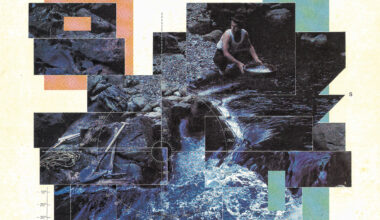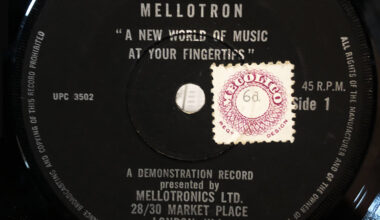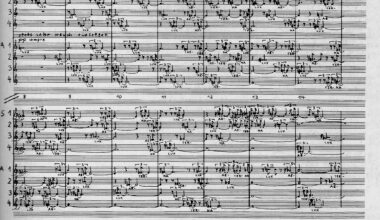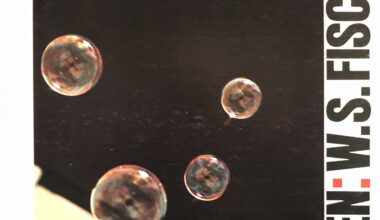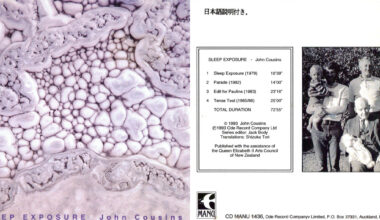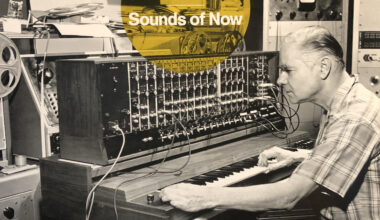Our resident archivist looks at ‘Trios’, the exceedingly rare and important double album and performance tool from British composer Tristram Cary

Tristram Cary was a composer who wrote scores for television and film. His first big film was ‘The Ladykillers’ in 1955, starring Alec Guinness and Peter Sellers. Not all of his scores were electronic, but he did a lot of important work with electronic music, and is well-known for his music on ‘Doctor Who’ in the mid-1960s, when he wrote music for nearly 30 episodes. He built the first electronic music studio at the Royal College of Music in 1967 and he, Peter Zinovieff and David Cockerell (who designed the ring modulator for the voice of the Daleks in ‘Doctor Who’) founded EMS in 1969 and made the first British synthesisers, including the VCS 3 and the huge Synthi 100.
EMS also released a handful or records which showcased their synths. One of the more important EMS releases was a double album of Tristram Cary’s called ‘Trios’, which came out in 1971. The full title is ‘Trios for Synthi VCS 3 Synthesiser and Turntables’. He used a transcription cutting machine to make 12-inch records of parts of his electronic music, and then used them in a performance with two turntables. Dice were used to choose tracks at random, and an operator would place the needle on the track chosen. At the same time, a synthesiser player with an EMS VCS 3 followed a score which, like a lot of electronic music scores, was pretty wild, with instructions and diagrams and shapes rather than notation. The sound patches were written out, so the player knew where all the knobs should be placed, and where to put the pins on the patch bay. It was first recorded with Cary playing the synthesiser and his two sons on the turntables. The idea was that the piece would be different each time it was performed. So Cary didn’t just help to pioneer electronic music, but also inadvertently the art of DJing, presenting the idea of using turntables as musical instruments, and the idea of records as performance tools.
It is incredibly scarce. There weren’t that many pressed to start with, and a large batch was ruined when they were left next to a radiator at the EMS studio in Deodora Road in Putney, London. They were all badly warped. I’ve actually got two copies of it. I got in touch with Cary because I bought the Synthi 100 that he had installed at the University of Adelaide in the 1970s when he taught there. I mentioned that as well as buying his old Synthi 100, I was planning to perform ‘Trios’ with a VCS 3. To perform the piece you need two sets of the album, so he sent them to me, both signed. A copy went for $1,000 on eBay a couple of months ago.
He’d been experimenting with electronic music as far back as the 1940s. He wrote the manuals for the EMS equipment, and did the narration on the records. Tristram Cary really is the godfather of electronic music in Britain.
